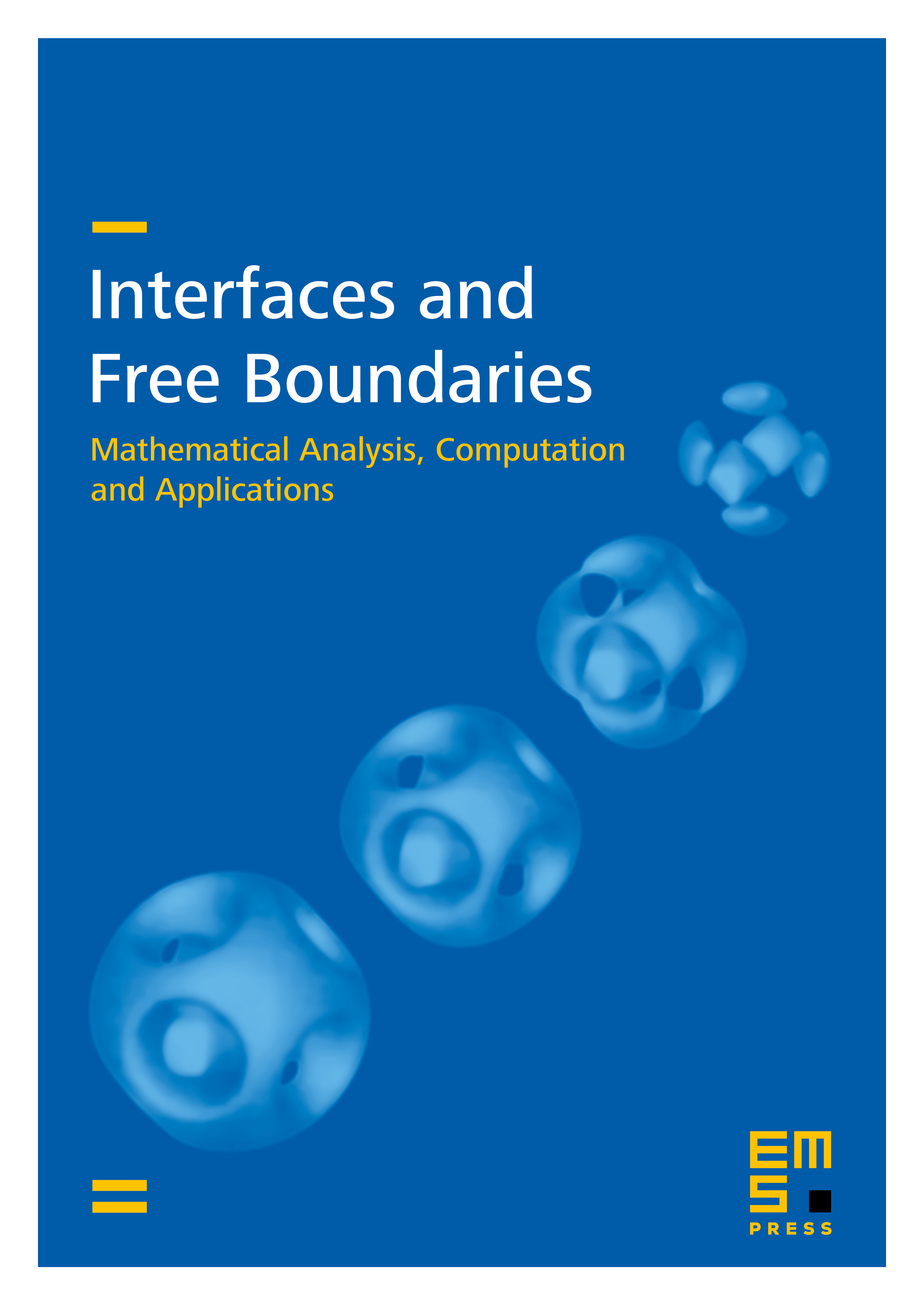Anisotropic surface energy formulations and their effect on stability of a growing thin film
Maciek D. Korzec
Technische Universität Berlin, GermanyAndreas Münch
Oxford University, UKBarbara Wagner
Technische Universität Berlin, Germany

Abstract
In this paper we revisit models for the description of the evolution of crystalline films with anisotropic surface energies.We prove equivalences of symmetry properties of anisotropic surface energy models commonly used in the literature. Then we systematically develop a framework for the derivation of surface diffusion models for the self-assembly of quantum dots during Stranski-Krastanov growth that include surface energies also with large anisotropy as well as the effect of wetting energy, elastic energy and a randomly perturbed atomic deposition flux. A linear stability analysis for the resulting sixth-order semilinear evolution equation for the thin film surface shows that that the new model allows for large anisotropy and gives rise to the formation of anisotropic quantum dots. The nonlinear three-dimensional evolution is investigated via numerical solutions. These suggest that increasing anisotropy stabilizes the faceted surfaces and may lead to a dramatic slow-down of the coarsening of the dots.
Cite this article
Maciek D. Korzec, Andreas Münch, Barbara Wagner, Anisotropic surface energy formulations and their effect on stability of a growing thin film. Interfaces Free Bound. 14 (2012), no. 4, pp. 545–567
DOI 10.4171/IFB/291